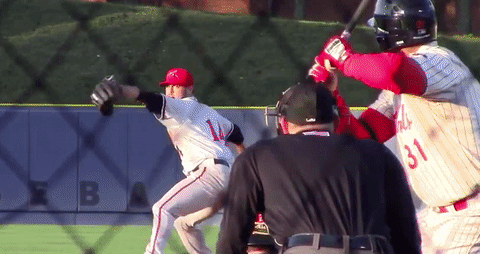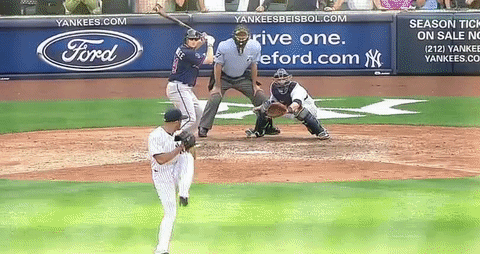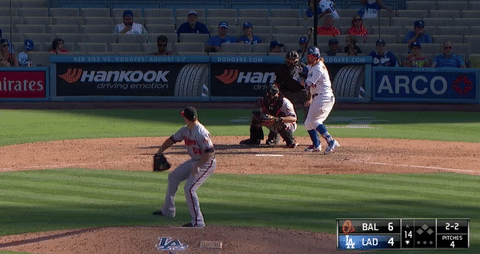Last installment we started to break down the fastball by talking about velocity. While we touched on other aspects of the pitch, we will go into greater detail with fastball movement today. The movement of a fastball is just as, if not more, important than velocity. Eventually even below-average hitters will time up an 80-grade fastball that’s straight as an arrow, but only a small amount of movement is needed to move off the barrel towards the handle or the end of the bat. That being said, let’s dive into the different types of fastball movement.
Run
The most common type of movement that a fastball has is arm-side run. The key to achieving movement on the fastball is generating spin and the more spin that is imparted, the greater the run. There are three general types of grips that impart greater spin on the fastball; with the seams, across the seams and the cross. The movement that these grips impart on the baseball can vary due to arm angle and velocity. Tyler Beede is an example of a pitcher that utilizes several grips for his fastball and in particular a two-seamer that features ‘’heavy arm-side run’’ according to Adam Hayes in his Eyewitness Report.

Cut
Everyone who has watched baseball over the last 15 years is familiar with cutting action thanks to Mariano Rivera. When throwing a cutter the pitcher imparts force on the outside of the ball, generally with the middle finger on the seam, while keeping his mechanics in line with his normal fastball. This will create sidespin that cuts the baseball towards the glove-side. The best cutters will have two-plane movement that mimics a hard slider.

Video courtesy MLBAM
Rivera’s cutter is the peak, 80 grade, and we may never see a pitcher as dominant with only one pitch ever again.
Sink
Many pitchers with low-three-quarters arm slots will naturally create sink but others will manipulate the baseball in order to create sinking action. The force is applied to the middle of the baseball usually with a two-seam grip. The sinker can run or tail as well as sink towards the arm-side of the pitcher. This pitch is designed to induce ground balls instead of generating strikeouts. The best sinker in the game right now is thrown by Zach Britton and like Rivera, he happens to basically be a one pitch guy.

Video courtesy MLBAM
Hitters have absolutely no chance to lift that pitch in the air and its reflected in Britton’s video game numbers this year.
In the next installment of The Toolshed I will tackle the first of the two breaking balls, the curveball.
Thank you for reading
This is a free article. If you enjoyed it, consider subscribing to Baseball Prospectus. Subscriptions support ongoing public baseball research and analysis in an increasingly proprietary environment.
Subscribe now